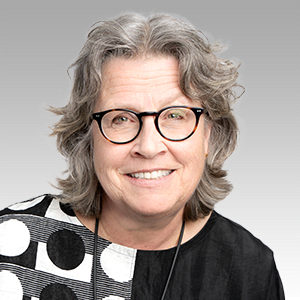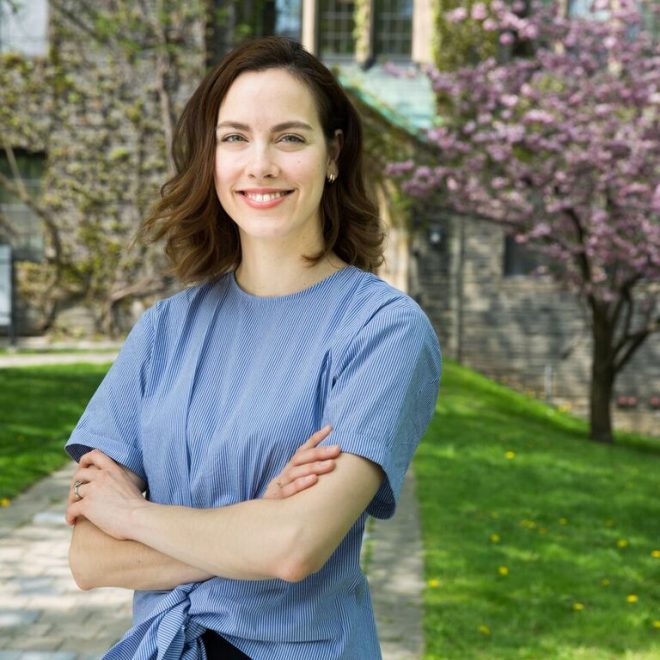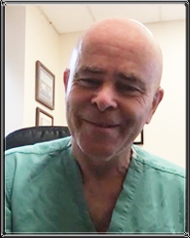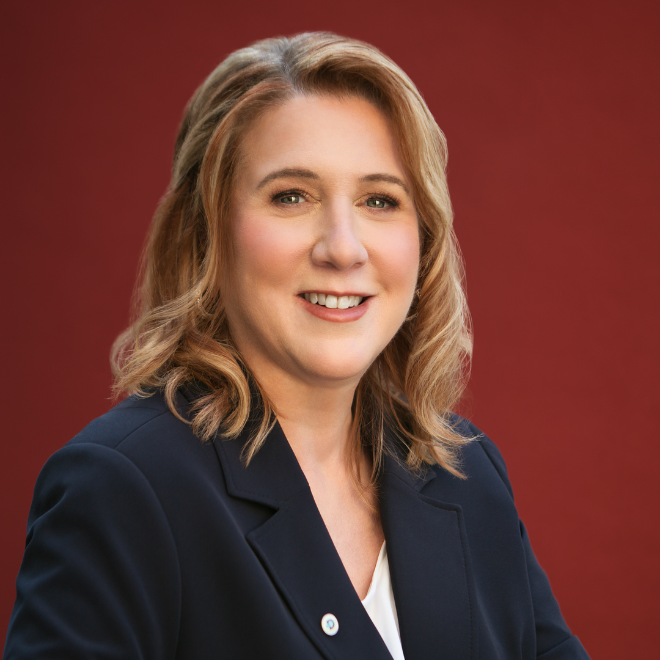Real examples of how to craft a compelling answer to the job interview question, “Why do you want this job?”
Nick Kossovan, Troy Media
In my previous column, I outlined the steps for preparing for a job interview:
• Research the company and its leadership team.
• Consider why you want to work for the company.
• Identify the company’s pain points.
• Think of at least one genuine reason you’d like to work for the person you’d report to.
• Throughout your interview, speak to B, C, and D, which speak to the two factors that influence hiring decisions:
• Reason, and
• Ego
I wrote it’s understandable for interviewers to be interested in a candidate’s reason(s) for being interested in the job. Therefore, ensure you have a solid grasp of why you want the job and can confidently answer, “Why do you want this job?” or “Why do you want to join our company?”
I also discussed the importance of mentioning your understanding of the company’s pain points and how your skills and experience can address them. Furthermore, I proposed a strategy to help you stand out from your competition, especially if your interviewer is the person you’ll be reporting to: speak to their ego.
In this column, I’ll share two examples of what speaking to B, C, and D looks like. I’ll start with Bob Nielsen, who’s interviewing for an outside pharmaceutical representative position. His interviewer, Titos Thanides, who’d be his boss, asks the inevitable question: “Why do you want to join Ottinger?”
Bob’s answer:
“I’ve been selling pharmaceutical products for over 15 years and have consistently exceeded sales targets due to my strong relationships with healthcare providers. At Nordstral Pharmaceuticals, I managed a territory spanning Kingston to Quebec City. In 2022, I received the Salesperson of the Year award for growing sales by 27 percent.
I’m attracted to Ottinger’s commitment to innovation and cutting-edge treatments. Ottinger’s focus on R&D and new product development reflects my values and goals. I became a pharmaceutical rep to contribute to people’s well-being.
Ottinger is looking to gain market share in the Ottawa area, a challenge that excites me. Since I have established relationships with healthcare providers throughout the Ottawa region, I’m confident I can increase the use of Ottinher’s pharmaceuticals, especially Serisone, a game-changing, innovative pulmonary fluid management drug.
Additionally, I heard you speak at the International Conference on Pharmacy and Pharmacology in Winnipeg in October 2018 about pharmaceutical companies’ societal role. It must have taken a lot of courage to publicly declare pharmaceutical companies should be less profit-driven and more socially responsible. You have a reputation for being one of the few leaders who speaks their truths, which would make working with you a privilege, and you’re known for being a results-driven sales director who’d bring out the best in me.”
Here’s how Ariana Darzi, interviewing for a Marketing Director position, responds to her would-be boss, Veronica Lodge’s question: “Why do you want this job?”
“I’ve been marketing consumer goods for over 22 years, from detergents to tissues to soft drinks to stationery. I’ve consistently delivered measurable results throughout my career, increasing brand awareness, market share, and profitability.
For example, as Marketing Manager at Acme Corp, I oversaw the relaunch of their flagship tissue paper brand. In 18 months, using data-driven segmentation, targeted advertising, and innovative product development, my team and I increased our tissue paper market share by 36 percent.
My interest in Sunshine Desserts is based on the company’s reputation for product innovation and market leadership. As someone with a sweet tooth, I’ve long admired how Sunshine Desserts consistently pushes the boundaries of what’s possible and understands sweet doesn’t have to equate to being unhealthy. Your recent line of sugar-free desserts, many of which I’ve tried, your peanut butter cookies being my favourite, is a prime example of the forward-thinking, consumer-centric approach I want to be a part of. I read in Canadian Living that you’re launching a gluten-free dessert line this fall, which I’m looking forward to trying.
Sunshine Desserts faces the same challenge as its competitors. Health-conscious consumers no longer consider desserts part of a healthy diet. Your lines of healthy dessert offerings I just mentioned make it possible, with my using the same strategic thinking and execution I used at Acme Corp, to market your desserts as part of a healthy diet because they’re “made right.”
Moreover, Veronica, your leadership in driving Sunshine Dessert’s North American expansion and your ability to adjust to rapidly changing market conditions is inspiring. Working alongside you would further expand my strategic marketing skills while making a meaningful contribution to Sunshine Desserts’ continued success in the North American market.
The combination of my marketing expertise, proven track record of success, and sweet tooth make me an ideal candidate to be Sunshine Desserts’ next Marketing Director.”
I can’t emphasize enough the importance of preparing your answer beforehand to the most common job interview question, “Why do you want this job?” or “Why do you want to work for this company?” and practicing delivering your answer effortlessly, so you speak to the two factors that influence hiring decisions: reason and ego.
Nick Kossovan, a well-seasoned veteran of the corporate landscape, offers advice on searching for a job.













